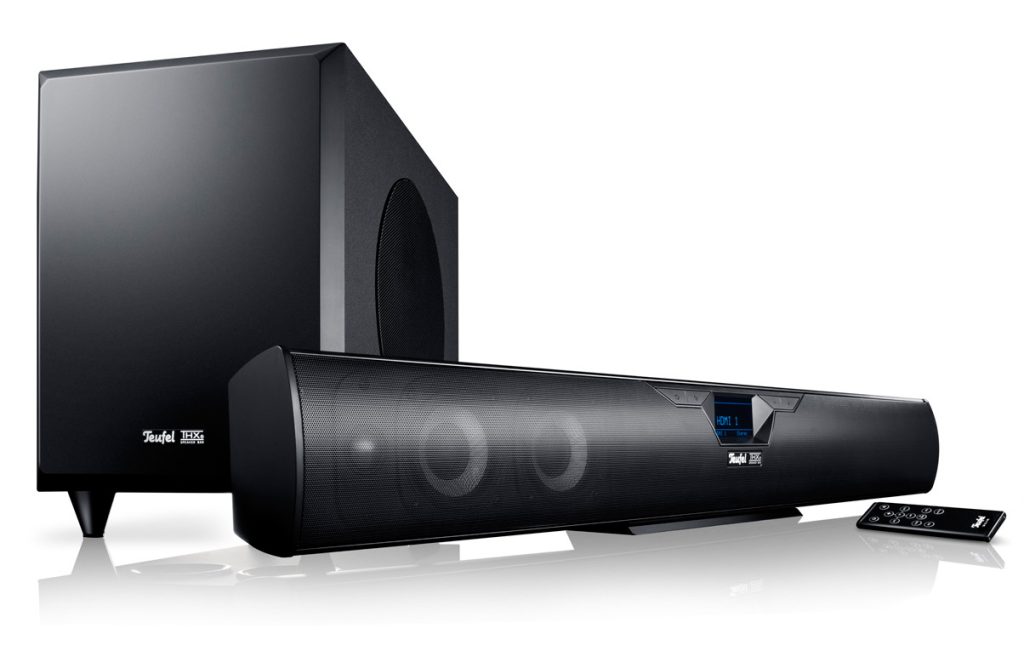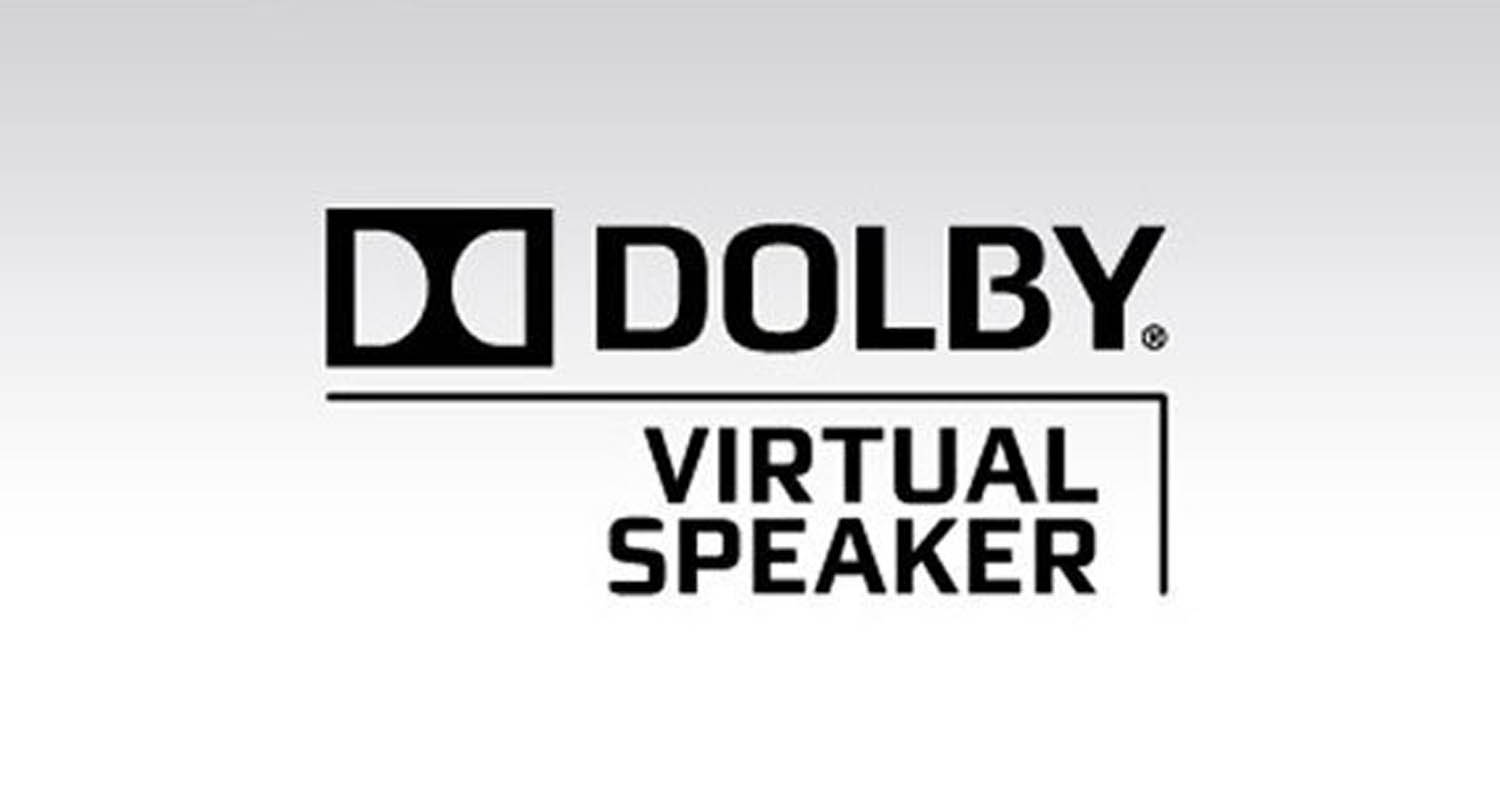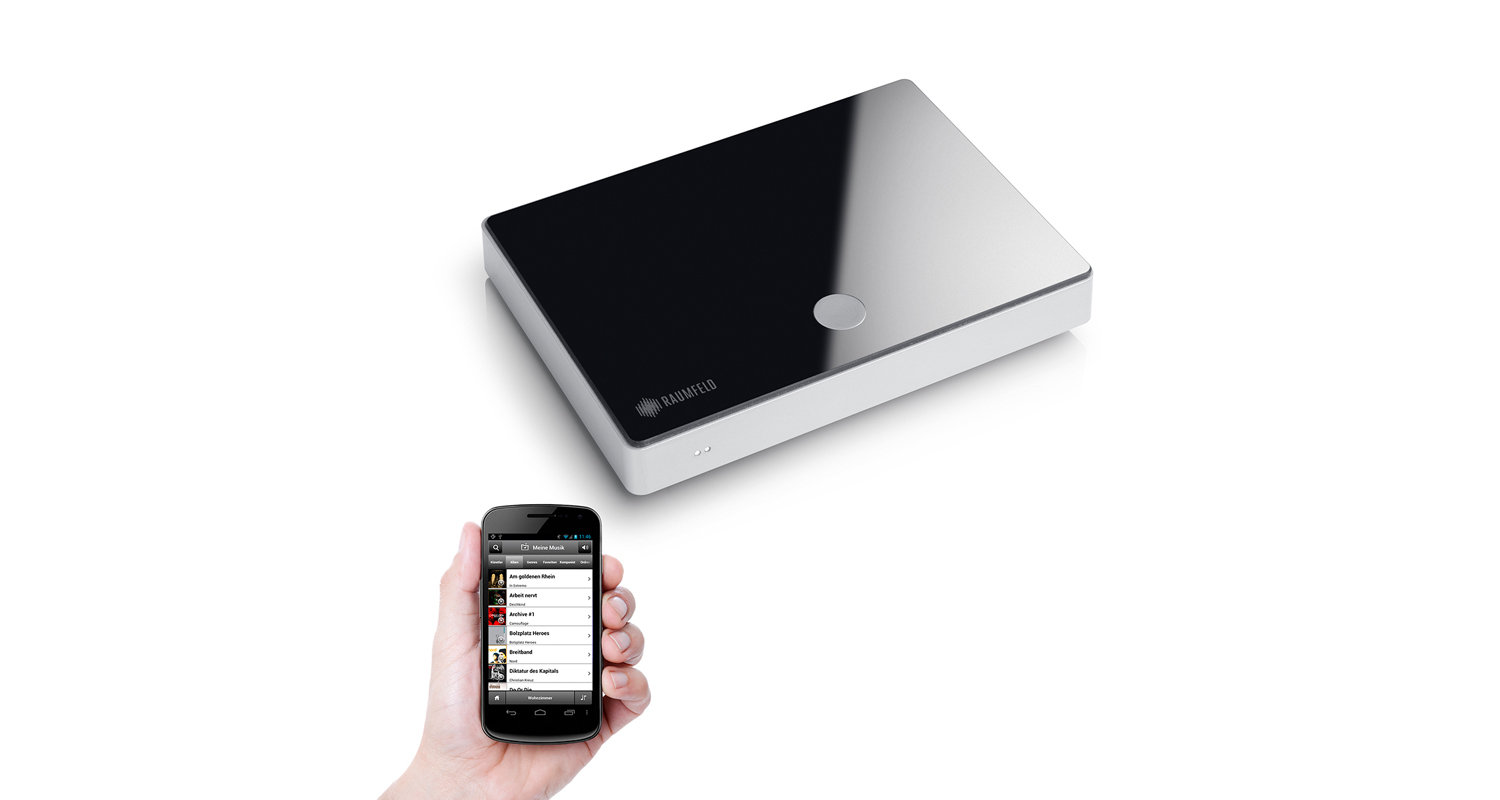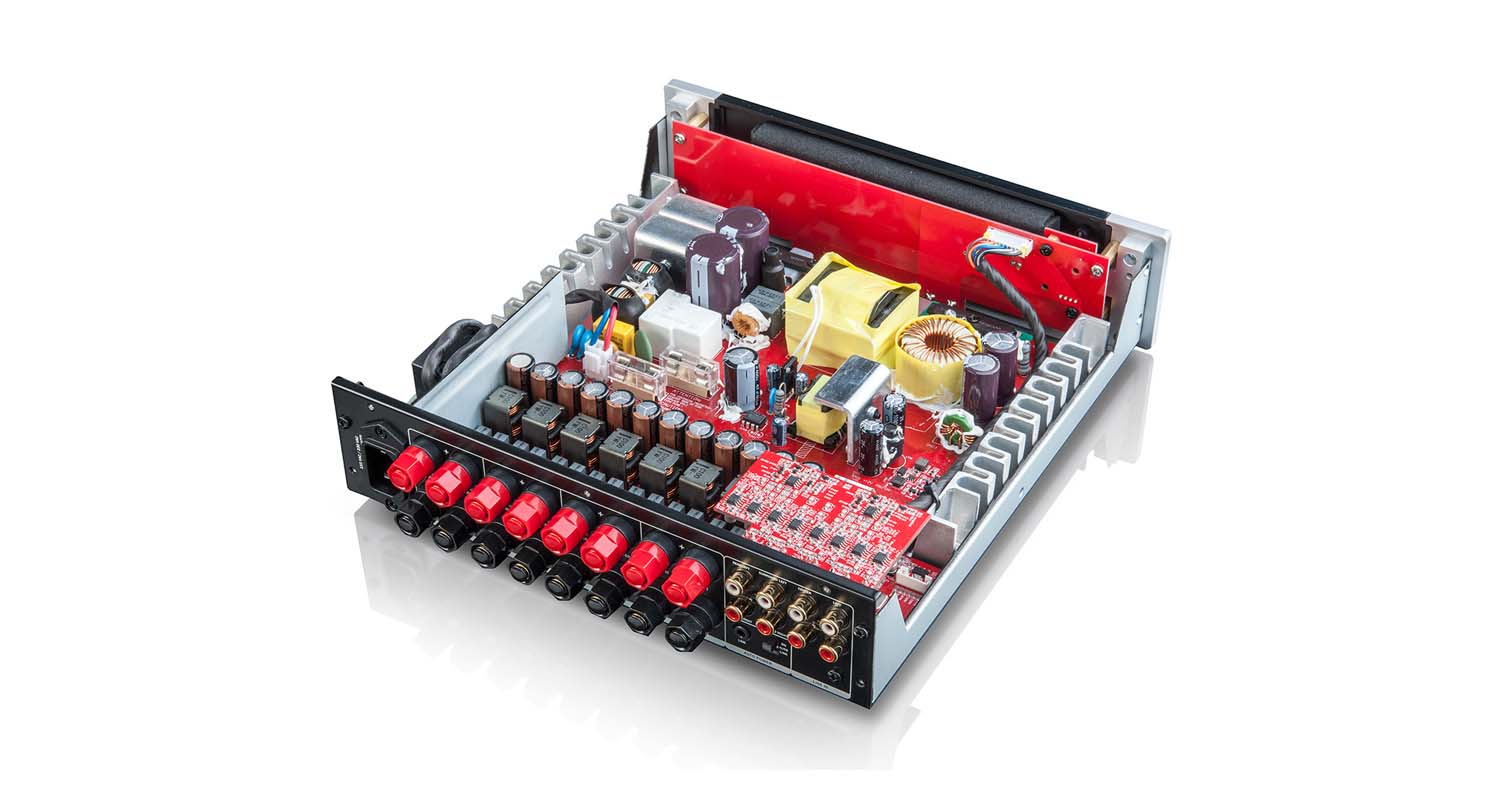The codecs we’ve looked at on the Teufel Audio blog so far have excelled at delivering soundtracks to multiple speakers, either with or without compression. Dolby Virtual Speaker, or DVS, is a bit different. It uses surround soundtracks as the basis for playback on just a single stereo pair, or a stereo pair plus subwoofer. By creating a virtualized surround soundstage from stereo speakers, Dolby Virtual Speaker can produce an immersive aural environment with movies and television without a surround setup.
Clearly, there must be a trick to making a stereo system sound like 5.1 surround. Thankfully, our ears are easily tricked, a fact Dolby uses to great advantage as the following article will explain.
The easiest way to experience surround sound
For many years, the only way to enjoy surround sound in a home cinema was with a 5.1 system consisting of 2 front speakers, a centre, 2 surround (also called “rear”) speakers and a subwoofer. Of course, the setup and cabling of such a system requires a bit of effort and the system itself takes up a good bit of space.
Then, in the early 2000’s Dolby Virtual Speaker came along and promised a surround sound experience from a simple stereo setup. Support for the new codec soon came in the form of a new loudspeaker system specially developed for flat screen TVs – the soundbar. Soundbars and soundbasesOpens in new tab are single enclosure speaker systems that contain multiple drivers. They greatly enhance the sound quality of flatscreen TVs without disturbing the sleek look of contemporary living rooms. Most soundbars can be easily wall mounted whereas soundbasesOpens in new tab form a convenient stand for your TV. Dolby Virtual Speaker allows these single speaker systems to create surprisingly immersive sound experience thanks to the science of psychoacoustics.

The acoustic principle behind Dolby Virtual Speaker: Timing and volume
Dolby Virtual Speaker makes expert use of psychoacoustics, or the way the human ear perceives sound. In order to localize objects within a soundstage, for instance, minimal differences in time and sound levels are perceived by our two ears.
Interaural time difference: The brain perceives differences in the time it takes for a sound to travel from the closest ear to the sound source to the other ear. That’s because when a sound originates from the left, the sound waves reach the left ear a fraction of a second sooner than the right ear as it has a slightly longer distance to travel. It happens too quickly for us to be aware of the process, but our brains quickly calculate this information and determine from where the sound originates based on it. This time difference is therefore of vital importance to our perception of a sound’s origin.
Interaural level difference: Volume levels also play a role in the perception of sound. This is where the whole thing gets a bit complicated. Each sound wave will be experienced at different volume levels due to the presence of reflections. The reflections will take slightly longer to reach the listener’s ears than the sound perceived directly from the speaker. Reflected sound will also arrive at the ear at a different volume level than direct sound.
The human brain computes the location of a sound from this information: propagation time differences and the volume differences of various sounds. Depending on the frequency of the sound, either the difference in propagation time or the volume levels will be the most important factor in determining where the sound is coming from. And by targeting both of these attributes, it’s possible to simulate virtual sound sources.
Crosstalk Cancelation & sonic signatures
Dolby Virtual Speaker processes the audio signal in such a way that virtual sound sources are perceived in the room. This is not achieved by simply modifying the acoustic signal but by separating the sound waves produced by the two speakers. The left speaker only produces sound for the left ear and the right speaker, for the right. This is important since, as we’ve seen, much of the way our brains process a the source of a sound is based on the difference between what the left and right ear perceive. But how is it possible to keep these two sound waves separate?
Dolby Virtual Speaker came up with a pretty ingenious solution to the problem of keeping the left and right channels separate for each ear. A technique called Crosstalk Cancellation creates out-of-phase versions of the opposite channel. For instance, the sound mix for the left ear contains an out-of-phase version of the sound mix for the right ear that is released with a slight time delay. This slight time delay allows the out-of-phase sound mix to reach the left ear at the same time as the right speaker’s sound. The two sound mixes will be in perfect time alignment, but out of phase, resulting in the cancellation of the signal. The result? The left ear does not hear any of the sound mix from the right speaker, only the left ear’s channel, which is heard distinctly. For the best effect, it’s ideal to be seated centrally between the two stereo speakers.
Keeping the two channels separate is an important prerequisite in a system based on utilizing the time delay of a sound between a listener’s two ears. But is is only a prerequisite. In order for the ears to believe they are hearing sound from additional speakers in the room, sound signatures for these speakers need to be created. These signatures contain not only direct sounds, but the sounds that would be consistent with reflected sounds in a surround sound environments.
Dolby Virtual Speaker offers two playback modes: The “reference mode” and the “wide mode.” The reference mode simulates a 5.1 loudspeaker configuration. The wide mode also simulates a surround system, however with a wide dispersion. This mode is especially useful when the two stereo speakers are positioned closely together.
Practical concerns: What you’ll need to experience Dolby Virtual Speaker
The skillful processing and separation of signals makes it possible to create a virtual surround environment. Remember that Dolby Virtual Speaker requires a surround signal in order to do its magic. For the creation of immersive sound from stereo mixes such as MP3s and CDs, a conversion technology such as Dolby Pro Logic must first transform the stereo into a surround signal.
A truly innovative sound codec that offers a lot of sound from a limited number of speakers, Dolby Virtual Speaker is a great choice for those who want to cocoon themselves in sound, not wires and speakers. If you’re interested in acquiring a system with this technology, one of Teufel Audio’ most popular soundbars, the Cinebar 52 THXOpens in new tab, employs DVS to great effect, as its many awards and positive user reviews attest.



